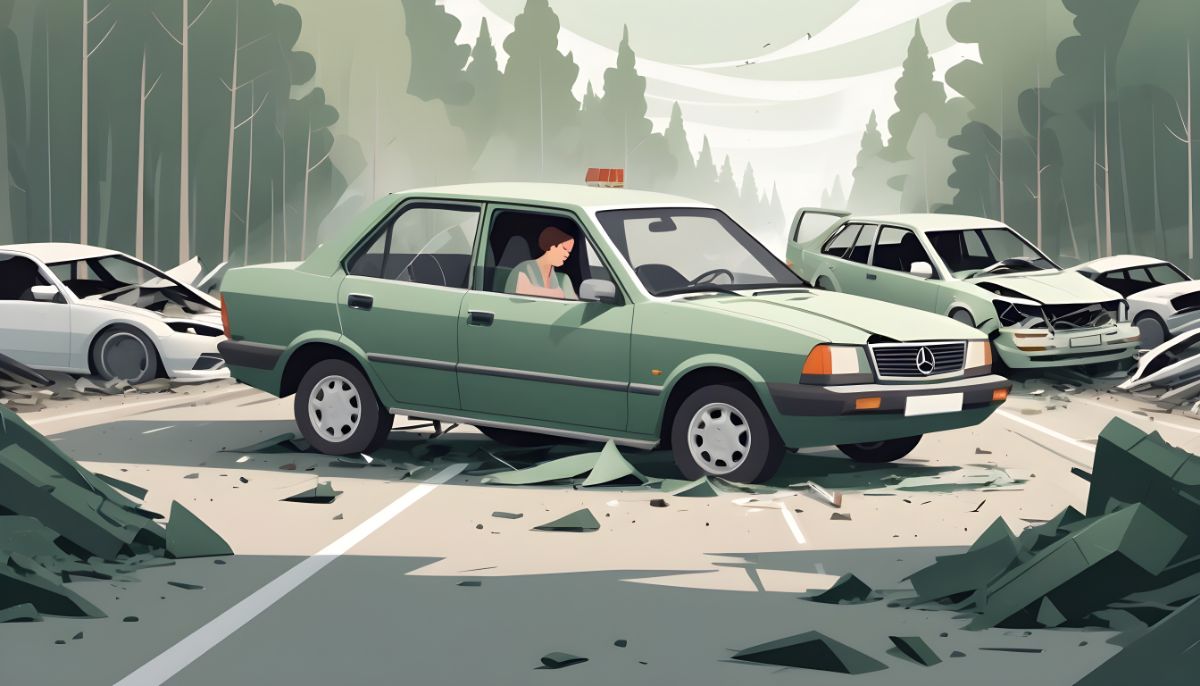
Getting into a car accident is a common and recurring nightmare for most people, and it is a truly terrifying experience once you have the misfortune of living through it. While you’d be lucky not to have gotten seriously hurt, in the midst of feeling scared and overwhelmed you’re probably also thinking of what to do about car insurance companies and vultures coming after you for a settlement. Getting into an accident is a deeply stressful experience, and the only way to overcome it is to take the time to effectively prove that the other party is at fault. Indeed, proving fault is one of the most elemental things that need to occur after getting into a car accident, so that you are not liable for damages. The following are a few tips on how you can prove who is at fault in an accident, which will help you figure out what to do next.
Understanding The Law
Before getting started, it is important to note that there are some countries and states that identify as an at-fault state, meaning that someone has to be proven liable and one party will definitely be responsible for paying. Some states are no-fault, and thus the stakes are a bit lower when it comes to having to prove liability. If there is any proof that the person driving has broken a traffic law or committed extreme negligence such as eating or talking on their cell phone while driving, they’re going to have to find a way to pay up. While some states are a bit more flexible, others are not, which is why proving fault is so important.
“Faulty” Actions
You can prove that the other party is at fault if you have sufficient evidence of the following actions – or, an eyewitness can help back you up. According to the Georgia-based legal specialists at https://adamsoncleveland.com/blog/proving-fault-in-a-t-bone-accident-in-georgia, if the driver was doing something careless before they crashed into you, like using their cellphone, then you have the requisite legal recourse. Other ways that you can prove that the other party was at fault is if you discover that they hadn’t been servicing or taking care of the car properly, which could ultimately cause the car to malfunction, resulting in the accident. Or, a brake like wasn’t working properly. If you’ve been rear-ended, then that’s already an indication that the driver is at fault anyway. The only exception to that rule is if, for example, you were the one who rear-ended the other individual, but it’s because they were driving in an unpredictable and irresponsible manner or if they suddenly changed lanes. You will have to prove this, of course, but in this case, it’s safe to say that you would not be at fault.
Determining Fault
The first step you need to take after getting into an accident is to file a report with the police. You’ll also have to notify the insurance company since they will send a representative to review the incident and find the necessary facts to offer a solid assessment of who is at fault. They will help by looking at all the evidence in detail to glean a better understanding of how it happened. Reviewing the police report will be part of the work, as well as looking over statements from the drivers in question, and any or all eyewitnesses involved. They will even do a site visit to better understand the scene of the accident, draft a report on the weather conditions in case they’ve had an impact, and they will take on the work of inspecting the actual conditions of both vehicles that were involved.
This information is used to help reconstruct the car crash and paint a more accurate picture of who is at fault. While reps from insurance companies don’t always represent the most objective of interests, they will still work to help get some of the work done. A legal representative would have a stronger interest in making sure that you avoid damages and prove that the other party is at fault, which is why it is strongly recommended to hire an attorney to represent your case, especially before things become too unwieldy.
In the aftermath of an accident, avoid speaking to anyone involved since you may unknowingly dig a grave for yourself and make statements that can be used against you later on. Also, definitely make sure to contact a lawyer if you’ve visited a hospital or spoken to a doctor, so that you have someone on your side ready to investigate.
Getting into an accident is scary, and is perhaps more stressful in some places where you have to establish fault. However, if you follow the guidelines listed above, and find legal representation, you should be able to convincingly make your case right away. The stress of the aftermath will be minimized if you have the right people going to bat for you.



